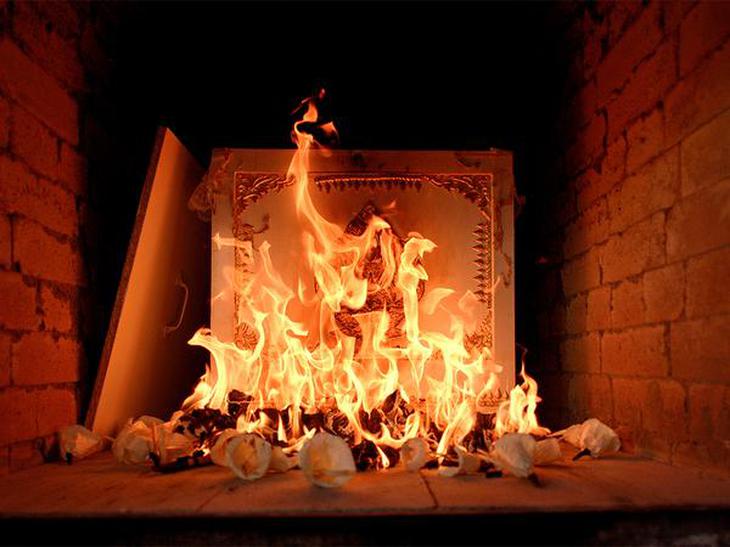Cremation is a process and there are steps that should be followed in order to pay the last respect to the deceased. The steps are as follows:
Step 1. Identifying the Deceased
The individual facility defines its specific procedures based on industry recommendations, but identification typically involves a family member confirming the identity. Upon confirmation, a metal ID tag is placed on the body, which will remain throughout the process and then be put with the remains for final verification.
Step 2. Authorizing the Procedure
The crematory must have official permission to carry on with the cremation process. Most require that the person(s) making the final arrangements completes paperwork that authorizes the crematory to proceed. The paperwork also asks for information regarding the type of container the crematory should use and who will be responsible for picking up the remains.
Step 3. Preparing the Body
Preparing the body is something the individual facility can handle in its own way but usually involves cleaning and dressing. For typical cremation, the body is not embalmed unless the beneficiaries request this for a public viewing or other personal reason. Jewelry or other items are taken off for the loved ones to keep, except those requested to stay with the body, and medical devices and prosthetics that are mechanical or battery-operated are removed to avoid a reaction. Finally, the body is placed in a vessel that is combustible yet strong enough to hold the weight.
Step 4. Moving into the Cremation Chamber
The cremation then takes place in a specially designed furnace, referred to as a cremation chamber or retort, and exposed to extreme temperatures – up to 1,800 degrees Fahrenheit – leaving behind only ashes. Following the procedure, a cooling period is required before the remains can be handled.
Step 5. Finalizing the Remains
After cremation, the remains are inspected for any metal remnants left behind. This can be the result of items such as pins, screws, and joints the deceased had surgically placed during life. Metal is removed by hand or with strong magnets, and then it is often sent for recycling. The cremated remains are then ground down by a special processor into the final resulting ashes.
Step 6. Transferring the Ashes
Unless specified otherwise, the remains are placed in an urn (or another container) and returned to the family.



